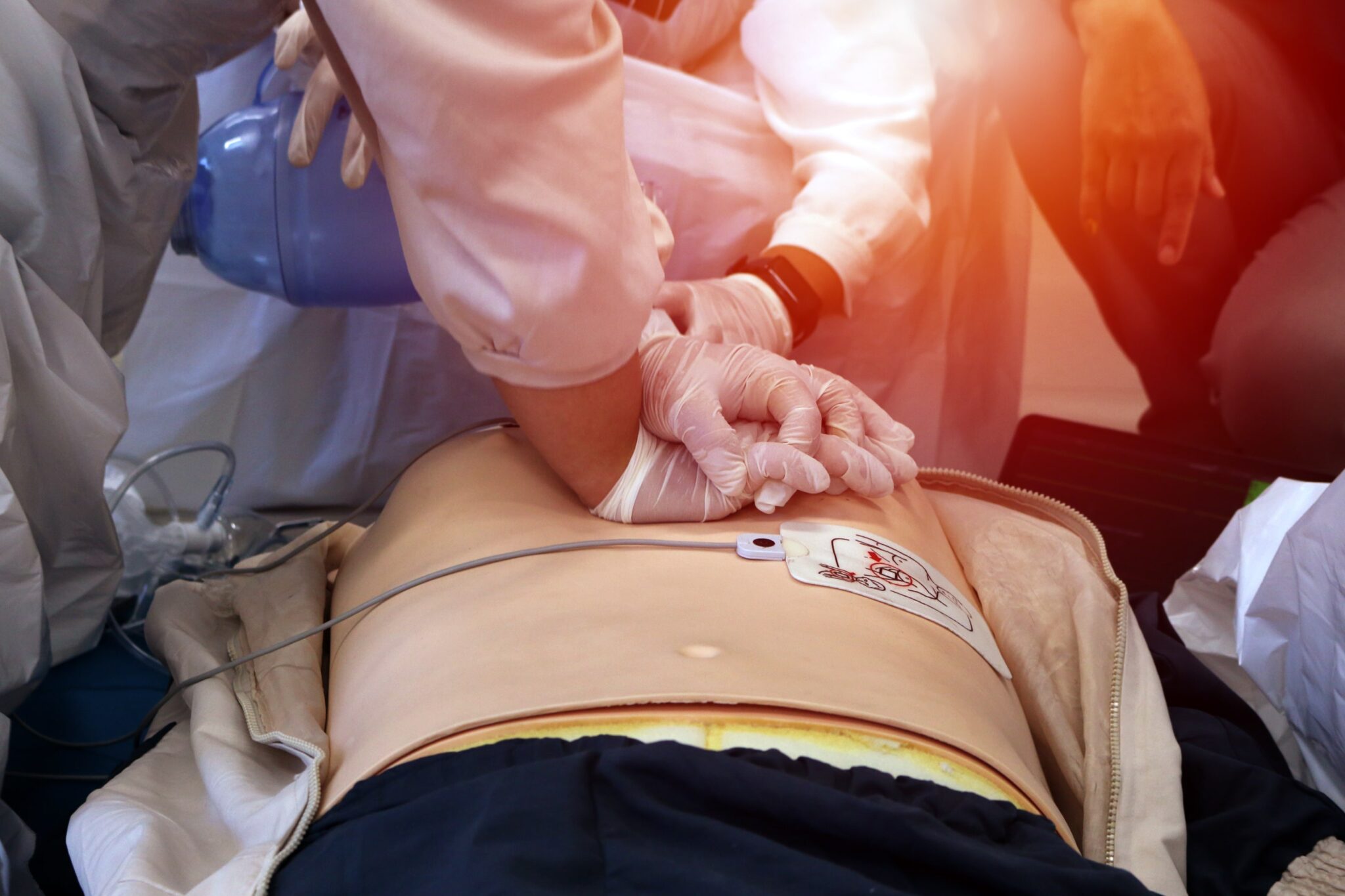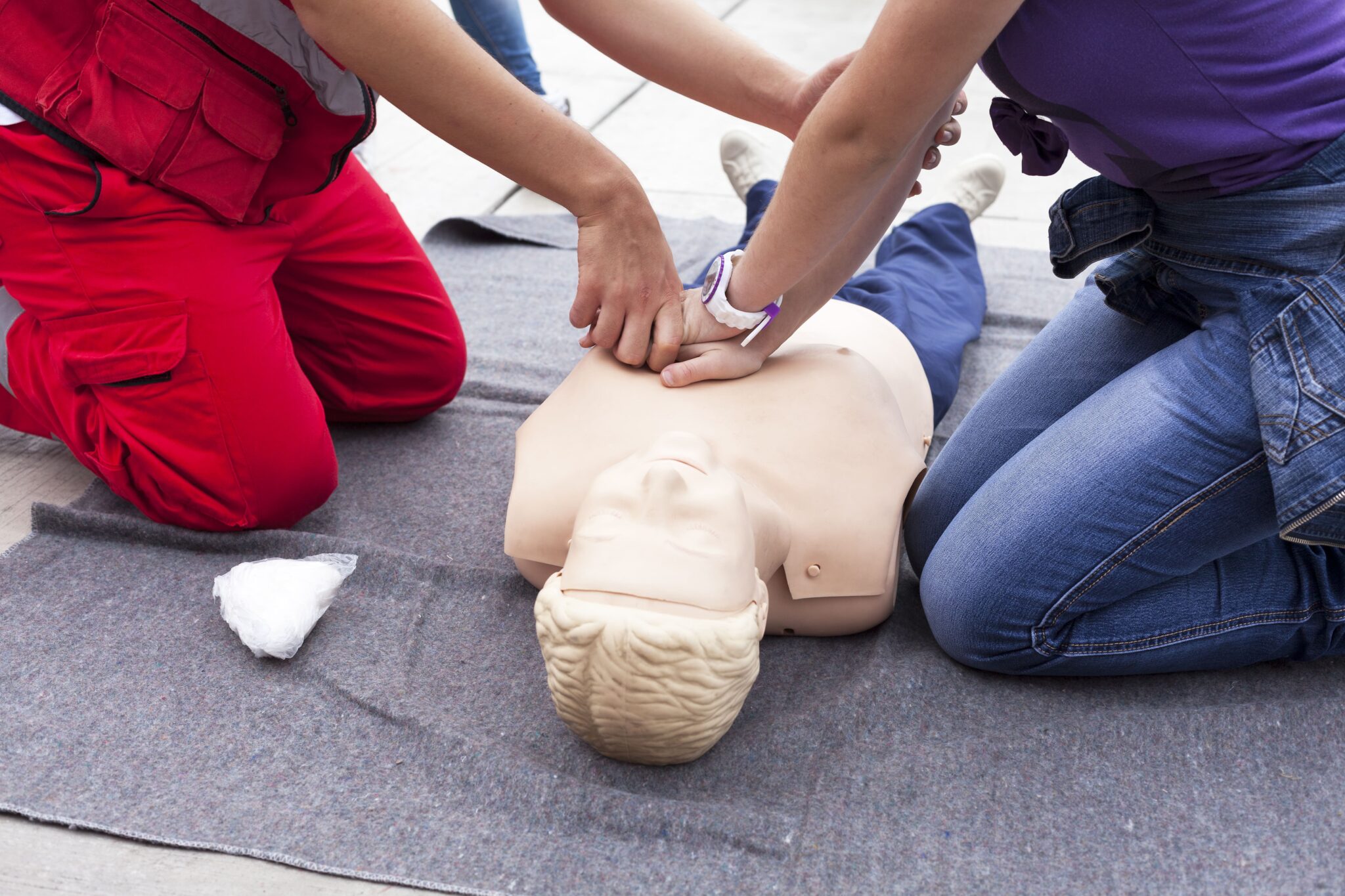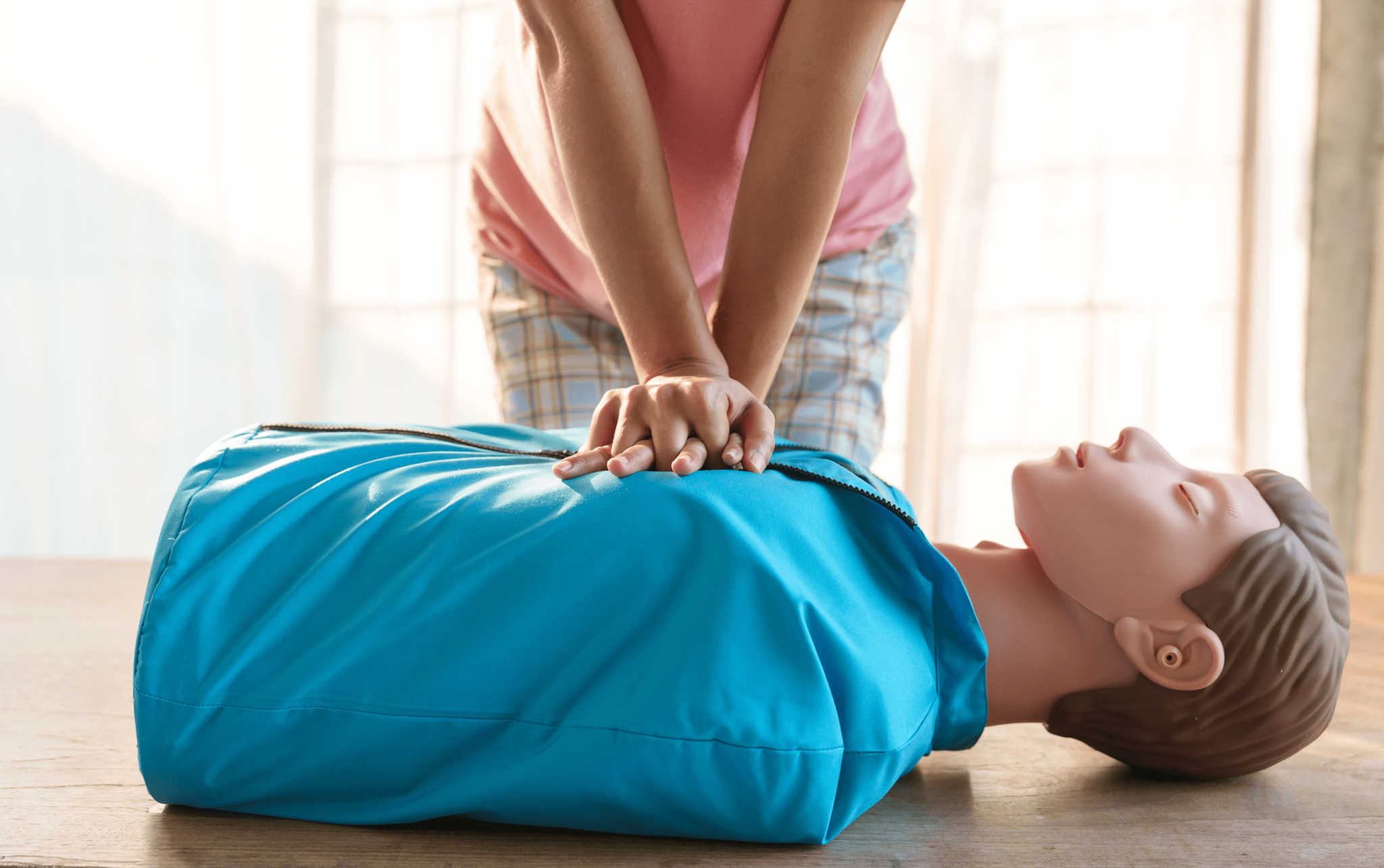When it comes to life-saving skills, having the right certification can make all the difference in an emergency. Two of the most common certifications are CPR (Cardiopulmonary Resuscitation) and BLS (Basic Life Support). While these terms are often used interchangeably, they have distinct differences, audiences, and requirements. So, how do you know which certification is right for you?
What Is CPR?
CPR stands for Cardiopulmonary Resuscitation, a life-saving technique used when someone’s heart has stopped beating or they are not breathing. It’s a combination of chest compressions and rescue breaths that helps maintain blood flow and oxygenation to the brain and vital organs until professional medical help arrives.
CPR is typically designed for the general public—teachers, parents, coaches, babysitters, and anyone who wants to be prepared in case of an emergency. It’s a fundamental skill that can save lives in situations such as sudden cardiac arrest, drowning, or choking.
CPR courses are often shorter and focus on basic techniques, such as:
- Recognizing cardiac arrest
- Calling for emergency services
- Performing effective chest compressions
- Delivering rescue breaths
- Using an Automated External Defibrillator (AED)
These courses are available in various formats, including in-person classes and blended learning (a mix of online and in-person instruction). Many employers, schools, and community organizations encourage or require CPR certification, especially for staff who work with children or vulnerable populations.
What Is BLS Certification?
BLS, or Basic Life Support, is a more advanced level of CPR training intended for healthcare professionals and those working in medical settings. BLS certification builds on the fundamentals of CPR but includes additional skills and protocols for managing cardiac and respiratory emergencies in clinical environments.
Key elements of BLS certification include:
- High-quality chest compressions with a focus on proper depth and rate
- Effective ventilation techniques using barrier devices (e.g., bag-valve mask)
- Two-rescuer CPR coordination
- Team dynamics in resuscitation efforts
- Special considerations for infants, children, and adults
- Early use of an AED
- Managing choking in different age groups
BLS certification is often a requirement for:
- Nurses and nursing students
- EMTs and paramedics
- Medical assistants
- Dentists and dental hygienists
- Respiratory therapists
- Physicians and surgeons
- Lifeguards in some professional settings
The BLS course emphasizes teamwork, communication, and advanced techniques beyond basic CPR. It’s designed to prepare healthcare professionals to respond confidently and effectively in high-pressure situations.
Key Differences Between CPR and BLS
Understanding the differences between CPR and BLS is essential when deciding which certification is best suited for your goals:
In short:
- If you’re a parent, teacher, or bystander looking to be prepared for an emergency, CPR certification is likely the right choice.
- BLS certification is essential if you’re in the medical field, a student entering healthcare, or work in a clinical environment.
Why Choose Safety Training Seminars for CPR and BLS Training?
At Safety Training Seminars, we understand how important it is to have accessible, high-quality training that fits into your busy life. As a woman-owned business proudly serving Northern California, we’re dedicated to providing budget-friendly American Heart Association training courses across over 65 convenient locations—from San Francisco to Sacramento and beyond.
Here’s why thousands of students and professionals trust Safety Training Seminars:
- Low Price Guarantee: We’re committed to offering affordable courses without compromising on quality. If you find a lower price for the same course, we’ll match it!
- Everyday Availability: Need a weekend class? No problem. We offer courses seven days a week, including Saturdays and Sundays, to ensure you can get certified when it works for you.
- Diverse Course Offerings: In addition to CPR and BLS, we provide ACLS (Advanced Cardiovascular Life Support) and PALS (Pediatric Advanced Life Support), so you can easily continue your professional development or meet job requirements.
- Flexible Scheduling: With a wide range of time slots and locations, it’s simple to find a class that suits your routine.
- Trusted AHA Certifications: All courses are taught according to the latest American Heart Association guidelines, ensuring you receive the most current, evidence-based training.
Whether you’re new to CPR or need to renew your BLS certification, Safety Training Seminars is here to help you gain the skills and confidence you need.
Which Certification Should You Choose?
To recap:
- Choose CPR if you’re a layperson who wants to be prepared to help in an emergency. It’s ideal for teachers, parents, community members, and workplace responders.
- Choose BLS if you’re a healthcare professional, student, or anyone working in a medical environment. BLS certification provides the advanced skills and knowledge you’ll need in critical situations.
Ultimately, both certifications empower you to save lives. The key is choosing the training that aligns with your needs, responsibilities, and career goals.
Take the Next Step with Safety Training Seminars
Don’t wait until an emergency happens—be prepared today! Whether you’re looking to earn your first certification or renew your existing CPR or BLS credentials, Safety Training Seminars has the course for you.
Contact us to find a location near you, including the greater Sacramento area, explore upcoming class schedules, and sign up for a class that fits your life. With flexible options, competitive pricing, and a mission-driven commitment to empowering our community, we’re here to help you become the hero someone may need tomorrow.








